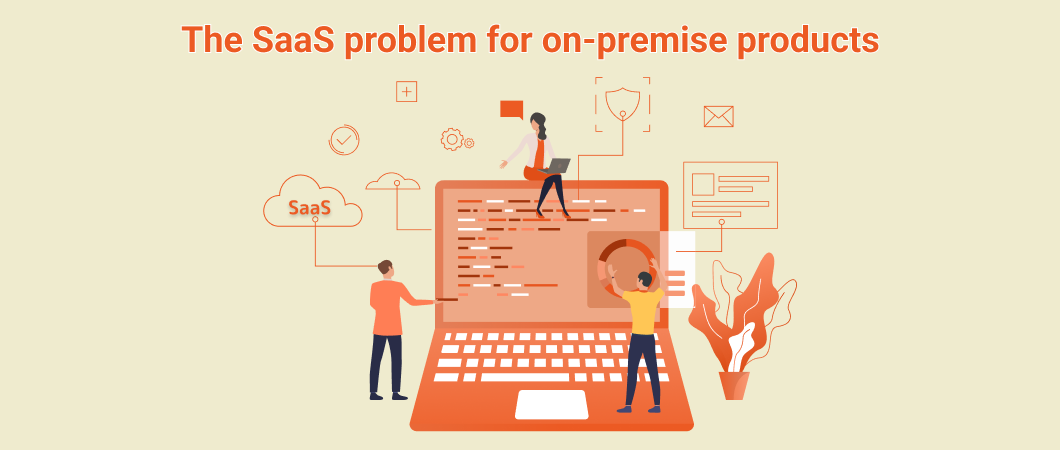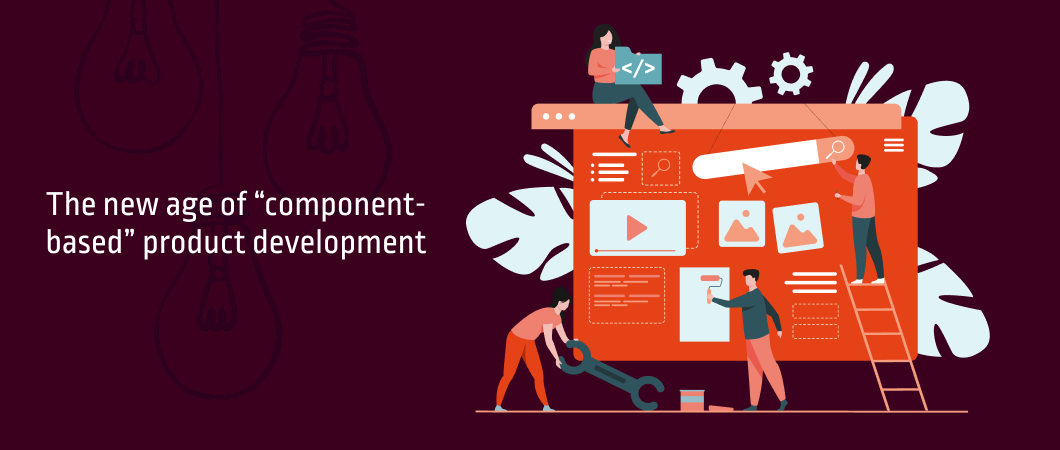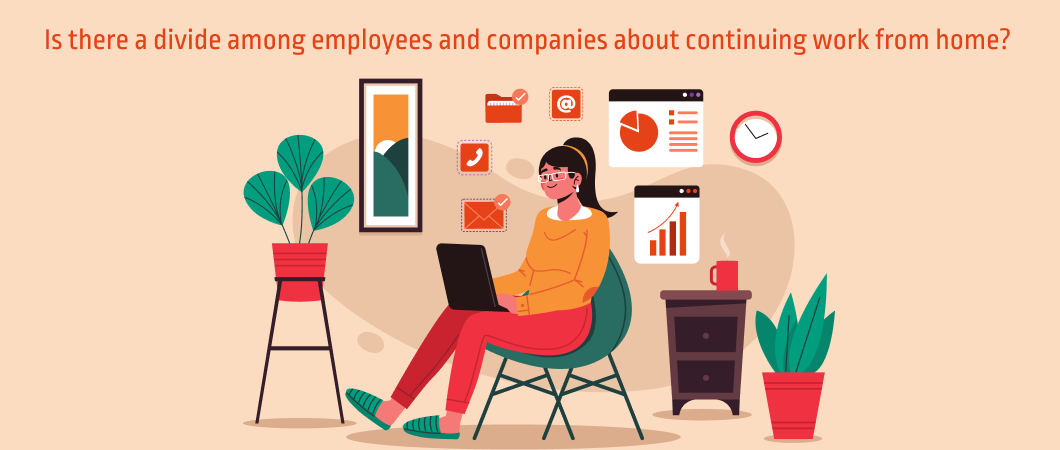Despite the rise of the Cloud, 63% of software organizations continue to have moderate to extensive on-premise deployments. Oftentimes, organizations leave on-premises software alone and undisturbed because they do not want to rock the boat especially for businesses in highly regulated industries. That paradigm changed during the remote working age thrust upon us by the pandemic.
As more and more enterprise workloads, tools, process flows, and data had to be accessed by remote workers, many enterprise products that had securely existed purely in on-premise form, started looking at building cloud versions. Several others followed suit as it became clear that their enterprise customers were being drawn to the flexibility, scalability, and cost advantage delivered by SaaS offerings.
However, the move from an on-premise version to SaaS-version isn’t an easy one. While it might be tempting to lift and shift all the elements of the application/service such as database, architecture, functionalities, dashboards from on-premise to the cloud, not everything that is on-prem is cloud-worthy or even right for the cloud.
Here are some key things to remember to avoid the pitfalls that plague the move to becoming a cloud-ready SaaS product.
Define the architecture
When moving enterprise on-premise products to the SaaS model demands that we begin to think differently since the power of the cloud gives access to limitless compute resources. Having the right cloud architecture then becomes an important asset to power software products for more ambitious scalability and performance goals. Also, many technology improvements are linked to the inherent characteristics of the cloud. Many of these lend themselves well to the task of product modernization.
Identifying how the product architecture should be defined, how technologies such as microservices, serverless, containers, and Kubernetes, can be used to create a robust architecture, what parts to containerize, etc. become important consideration points.
How the application will be accessed, how much scalability it demands, what are its performance requirements; these and many such considerations must be evaluated to design the right architecture for the on-the-move on-premise product to make sure that the product enjoys the full performance, scalability, and cost benefits the cloud promises.
Leverage the ecosystem
We have seen that the on-premise product has to be optimized for the cloud for it to leverage the benefits of the SaaS model. For this, it might be necessary to evaluate and change certain aspects of the product such as the architecture or optimize the database, etc.
While all this cannot be avoided, there’s no reason to reinvent the wheel. It usually makes better sense to leverage the tools in the cloud provider such as AWS’s ecosystem.
For example, while the product might have needed identity management in the on-premise avatar, in the SaaS model identity management might be integrated and available from AWS. Using that saves development bandwidth and comes with the long-term benefit that it does not need maintenance. Leveraging what AWS has to offer is a powerful “hack” to get ahead of the curve. Knowing the tools ecosystem and how it works can make it much easier to get an on-premise product into the SaaS ecosystem.
A strong performance testing strategy
Chalking out a strong performance testing strategy when getting the on-premise product to SaaS alleviates quite a bit of the SaaS problem for on-premise products. Testing plans need to shift from testing the product as it is now to what the product would be in the future. This includes focusing on usage surges and dips. Effectively predicting this future state and conditions, identifying current and future usage patterns, and defining the right infrastructure set up that can cater to these become essential. Testing also has to become more integrated and proactive instead of reactive when moving on-premise products to SaaS.
Deep focus on product solutioning
Turning to the cloud can be a significant force multiplier for the product’s ambition. This is because the restrictions of geography, distribution network, and accessibility no longer remain barriers to success with SaaS. Understanding the business goals and complementing that with cloud clarity helps organizations identify the full scope of the product opportunity since it dramatically explodes with SaaS. Obviously, SaaS products also need different business models and thereby demand different pricing models.
All these factors demand taking a ‘product solutioning’ approach instead of trying to forklift the on-premise product to SaaS. The “solutioning” of the product on the cloud usually ends up being dramatically different and hence calls for guidance from experts.
In fact, as organizations embark on accelerated SaaS adoption, understanding how to ‘solution’ the on-premise product for SaaS perhaps is the most important aspect that organizations need to consider.
Working with people who not only understand the SaaS model but have the expertise to understand the nuances of on-premise products, their shortcomings, and the different permutations needed to make the product click with the user is key. Deep cloud expertise and the experience of transitioning products to the cloud while working in unusual and unique situations are added advantages. Of course, we cannot ignore the importance of developing a robust testing strategy to make sure that a sharp surge in usage doesn’t end up in a steep fall in users and usage due to performance issues. After all, software performance drives profitability.



